Why Pakistan struggles to grow exports
Unless bureaucratic procedures are digitised, reform frameworks will struggle to deliver results
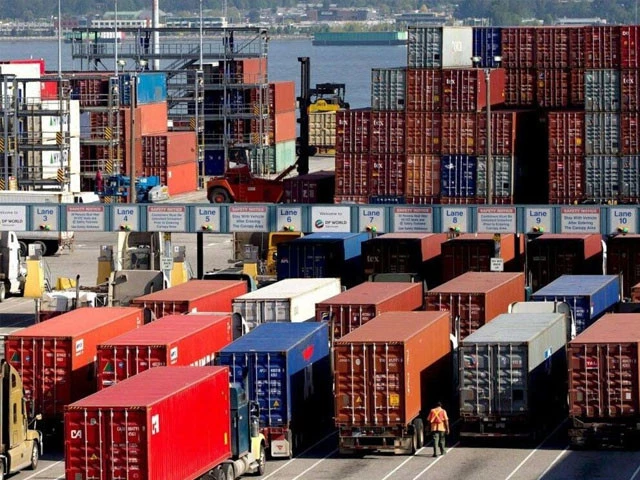
The dream of making Pakistan an export-driven economy remains unfulfilled. Despite years of protection and multiple incentives, the industry continues to struggle in global markets.
Industrialisation, product diversification and integration into global value chains could not be achieved. Over the past decade, Pakistan's annual exports hovered around $30 billion, with an overwhelming reliance on low value-added goods, textiles and a few agro-based goods.
External shocks or global headwinds alone cannot be blamed for the stagnation. Pakistan's inability to grow exports is a result of deep-rooted, systemic weaknesses that are often acknowledged in words but ignored in practice. The country has various policy documents and reform roadmaps but the economic environment has remained the same, barring a few exceptions.
A major hurdle lies in the way we regulate businesses. The regulatory landscape is full of outdated laws, redundant approvals and overlapping jurisdictions. Businesses, particularly those engaged in trade, face a maze of compliance requirements that not only increase cost but also diminish the ability to compete globally.
The government's recent initiative, the Pakistan Regulatory Modernisation Initiative, led by the Board of Investment, addresses this problem by reviewing and streamlining federal and provincial business regulations. It aims to eliminate unnecessary approvals, standardise procedures, and digitise interactions between firms and state institutions.
While this effort holds promise and has already identified several redundant regulations, its true value will depend on the implementation and institutionalisation of reforms. Unless the bureaucratic procedures are streamlined and digitised, and incentives are recalibrated, even the best-designed reform frameworks will struggle to deliver results.
Trade facilitation is another area where Pakistan has lagged. Exporters often deal with more than 40 government agencies for a single shipment, each with its forms, timelines, and procedures. These delays not only erode profitability but also damage Pakistan's credibility in global markets.
The Pakistan Single Window (PSW) offers a rare bright spot. As a digital platform, it integrates customs and trade-related processes across multiple agencies, allowing importers and exporters to file documents electronically and track approvals in real time.
The system has already begun to ease customs clearance and reduce transaction costs. But its long-term success will depend on how quickly and fully all government agencies are brought onto the platform.
At present, many departments are hesitant to relinquish control or adapt to the new system. Without clear deadlines and strong political backing, the PSW could fall short of its transformative potential.
The financial sector also plays a limiting role. Pakistan's banking sector is heavily invested in government securities, and shows little interest in lending to the risk-prone private sector, especially small and medium enterprises. This risk-averse behaviour has left export-oriented firms, particularly those in non-traditional sectors, starved of the financing needed for machinery upgrades, product innovation, or expansion into new markets. Export refinance schemes exist, but tend to be confined to large players. Unless credit is made more accessible and affordable for a broader base of firms, Pakistan's export base will remain narrow and vulnerable.
Equally concerning is the long-standing inclination towards protectionism. High tariffs and regulatory duties have shielded domestic industries from international competition, at the cost of efficiency and innovation. Protected firms have little incentive to modernise or explore global markets.
The government's ongoing tariff reform agenda – focused on reducing customs duties, removing additional customs and regulatory duties – is a necessary correction and needs to be acknowledged. However, tariff rationalisation will have a limited impact if it is not accompanied by broader macroeconomic consistency.
A market-based exchange rate is crucial. Artificially managed exchange rate distorts competitiveness, deters not only imports but exports also. Similarly, the availability of foreign exchange for importing raw material and machinery is crucial. In recent years, administrative controls on foreign currency outflows have disrupted supply chains and left exporters struggling to meet delivery timelines. Policy stability, not ad hoc controls, is what trade needs.
Another area where caution is needed is the operation and management of Special Economic Zones (SEZs), launched under CPEC and other schemes, as Pakistan's experiment with Export Processing Zones (EPZs) has not yielded desired results.
EPZs were once envisioned as catalysts for industrial growth and global integration. Today, they contribute less than 5% of total exports. Investors have been deterred by weak infrastructure, policy inconsistency, and bureaucratic interference.
SEZs are also at risk of meeting the same fate unless these structural issues are addressed. Investors do not just need tax holidays; they need contract enforcement, logistical efficiency and regulatory clarity.
Finally, taxation continues to discourage formalisation and scale. Exporters are subject to a complex web of advance income tax, final tax on export proceeds, and sales tax on inputs. Most of these are collected regardless of profit, reducing liquidity and raising the cost of doing business.
The absence of an efficient refund system further weakens trust in tax administration. Without a credible shift towards a simpler, fairer and lower tax rate regime, businesses, especially smaller ones, will find it easier to exit formal operations altogether.
Pakistan's export competitiveness is marred by neglected structural issues that need to be addressed to promote exports and integration into global value chains. The government's determination in institutionalising regulatory and tariff reforms holds critical importance.
Sustained effort is required to create a business-friendly environment for promoting exports and investment in the country. Opening up economy and exposure of local industries to international competition will incentivise innovation, productivity, competitiveness, and ensure efficient allocation of resources.
Pakistan does not lack the potential. What it lacks is the resolve to confront the real obstacles standing in the way of sustained export growth. The time for half-measures has passed. If we are to avoid another decade of missed opportunities, serious reforms – coherent, credible, and continuous – are the only way forward.
The writer is a research economist

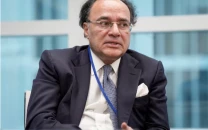
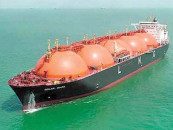



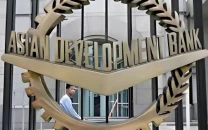




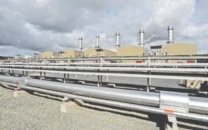








COMMENTS
Comments are moderated and generally will be posted if they are on-topic and not abusive.
For more information, please see our Comments FAQ